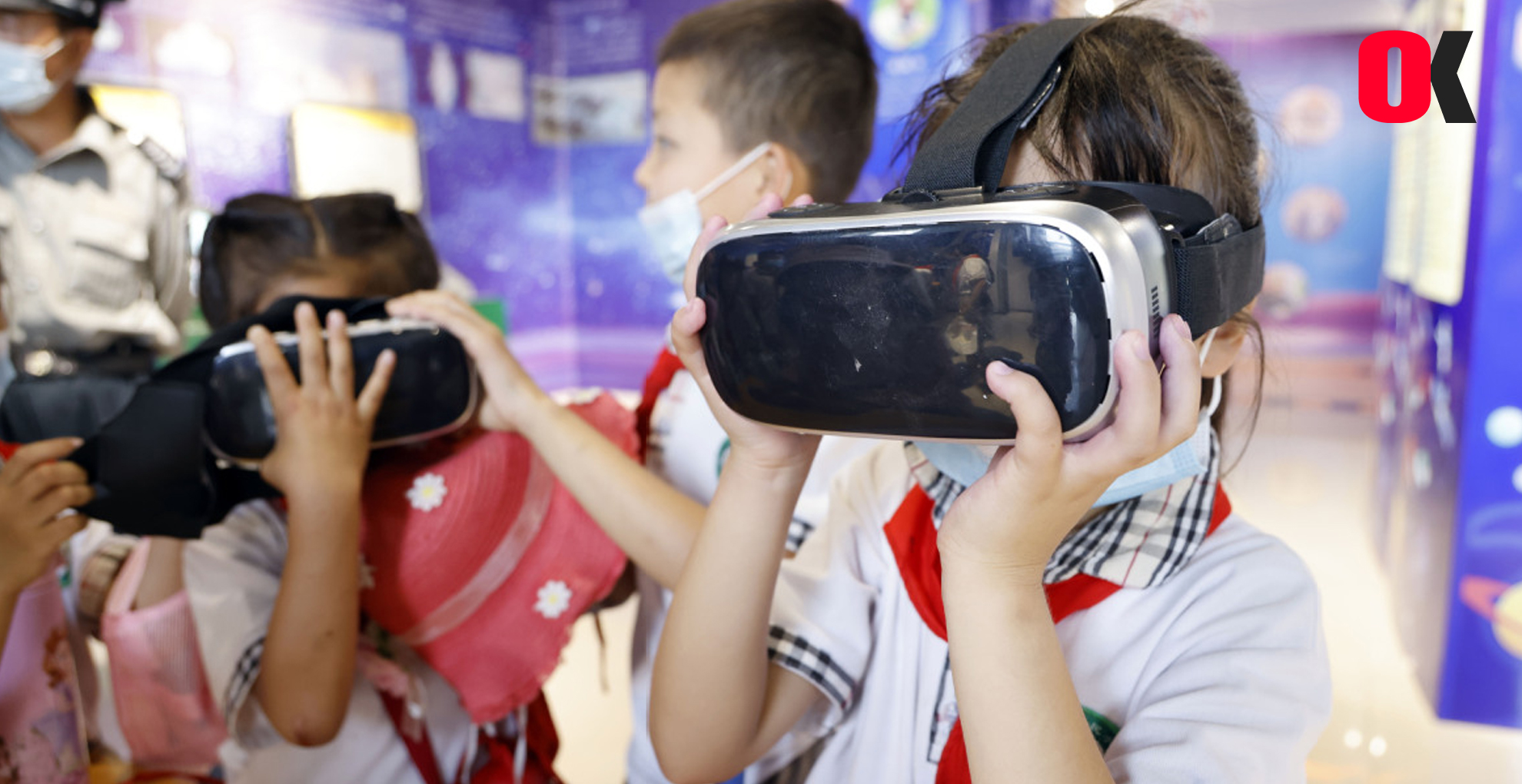Real virus to virtual turnaround fastly
Real COVID-19 outbreak catalyzed digital transformation and revitalized marking technology. Company executives and industry observers said that as 5G opens up new possibilities by providing high-bandwidth. Low-latency, and large-scale collaborative on-demand contextualized experiences. The fifth-generation wireless technology is becoming a major player in the virtual reality and augmented reality industries. Important promoter.
Their comments reflect the fact that during the COVID-19 pandemic. VR and AR applications have become an incredible key engine for digital transformation.
Now, companies are scrambling to promote the use of AR and VR in areas such as education, social networking, and games.
Market research company International Data Corp predicts that after the real COVID-19 pandemic.
Global spending on AR and VR will accelerate, from just over 12 billion U.S. dollars in 2020 to 72.8 billion U.S. dollars in 2024—a staggering 507 % Over a four-year period.
IDC said that, specifically, by 2024, the Asia-Pacific region will spend 28.8 billion US dollars on AR and VR, and the Chinese market is the largest AR/VR spending in the Asia-Pacific region—it will exceed 90% of the total in 2020. .
Deepan Pathy, Research Manager for Future Work, AR/VR and Mobility Research. IDC Asia Pacific, said: “As customer and employee engagement increases, spending intentions on AR/VR are rapidly accelerating. Organizations need to develop a vision and develop a flexible strategy , Deploy AR/VR as a tool to achieve strategic priorities.”
IDC stated that 2020 now regarded as an important turning point. all vertical industry companies and organizations have decided to accept the unexpressed demand for augmented reality, mixed reality and virtual reality.
During the pandemic, AR/VR showed great potential and played a key role in the digital transformation efforts of many cross-industry organizations.
When doctors use mixed reality technology to solve multiple medical problems during the ongoing pandemic. Their super-professional areas at the intersection of healthcare and AR/VR technologies immediately become the focus of investment. In addition, IDC stated that remote work, virtual events and more enhanced customer engagement use cases will generate demand for the implementation of AR/VR technology in the future.
As organizations return to their workplace strategy. Ensuring a safe workplace for employees is the top agenda item for business leaders and creating a contactless or contactless work environment will be crucial.
AR/VR will be a key enabler for creating workplaces that minimize human interaction. IDC stated that initiatives such as virtual meetings, remote support. Remote device management and AR-assisted retail shopping will become the key to the future.
IDC predicts that initial spending on VR solutions will be greater than spending on AR solutions.
However, by the end of 2024, strong growth in AR hardware, software, and service spending will drive overall AR spending far ahead of VR spending.
Yuan Min, deputy general manager of Migu Video. A subsidiary of Chinese digital content provider Migu, said that VR the main application driven by 5G and is closely related to the development of 5G. As China accelerates the rollout of 5G, VR also expected to achieve faster expansion.
“We will invest more resources to assist in the production of high-quality VR content. Because the commercialization of 5G will promote the development of the industry,” Yuan said.
She also said that 5G can solve many technical bottlenecks that limit the popularization of VR and AR. Such as enabling new and convenient meeting formats to reduce misunderstandings and better convey information.
Migu said that during the real COVID-19 pandemic. Its Cloud VR platform has played an active role in providing consumers with rich content. For example, it allows consumers to watch a 360-degree online live broadcast of Mount Everest (known as Mount Everest in the West) and supports VR concerts. Yuan said that the platform is currently dedicated to helping consumers access VR content on smartphones. TVs and VR glasses, allowing more people to understand the format and enjoy its beauty.
Who is Bill Gates? Here Are All The Answers To Your Question








GIPHY App Key not set. Please check settings